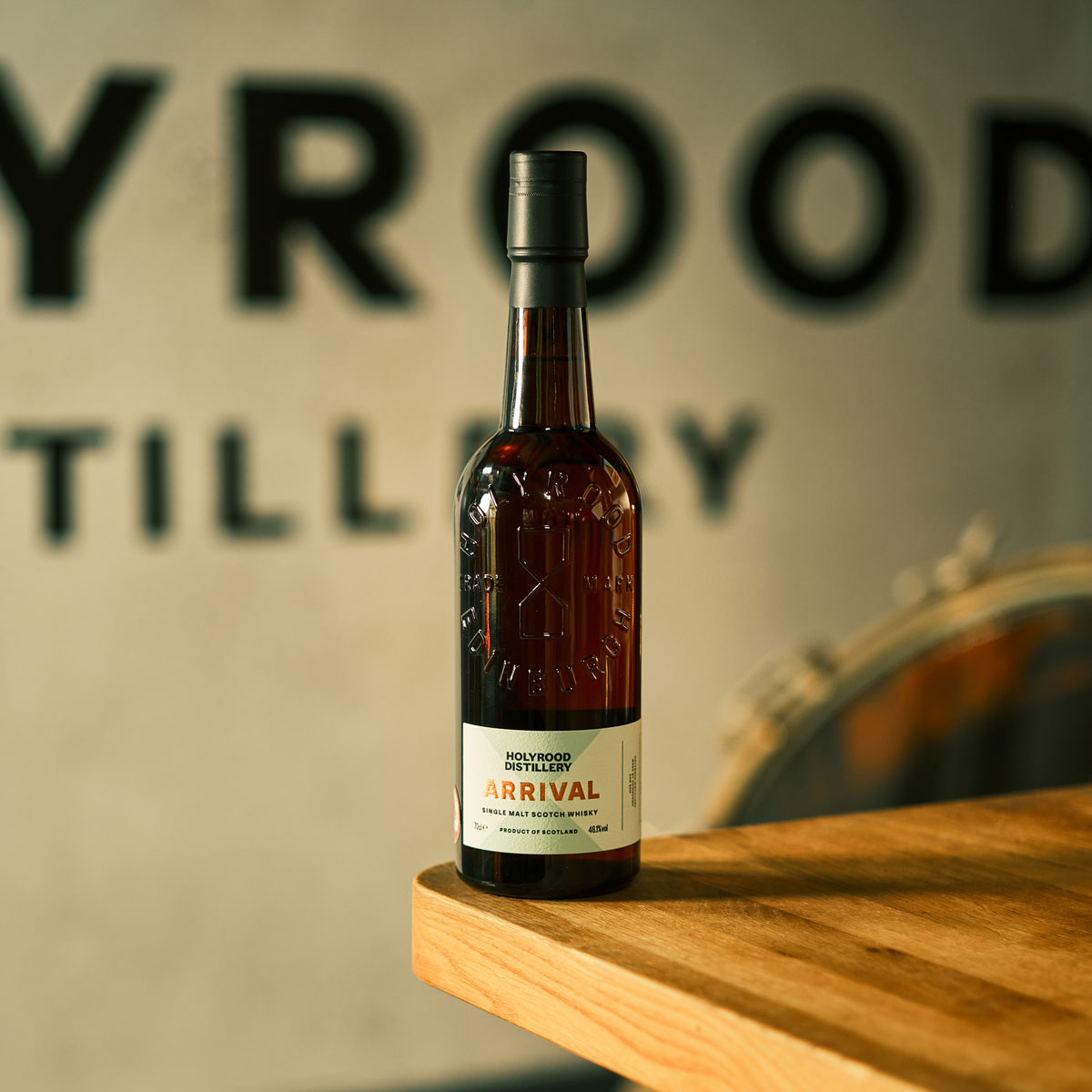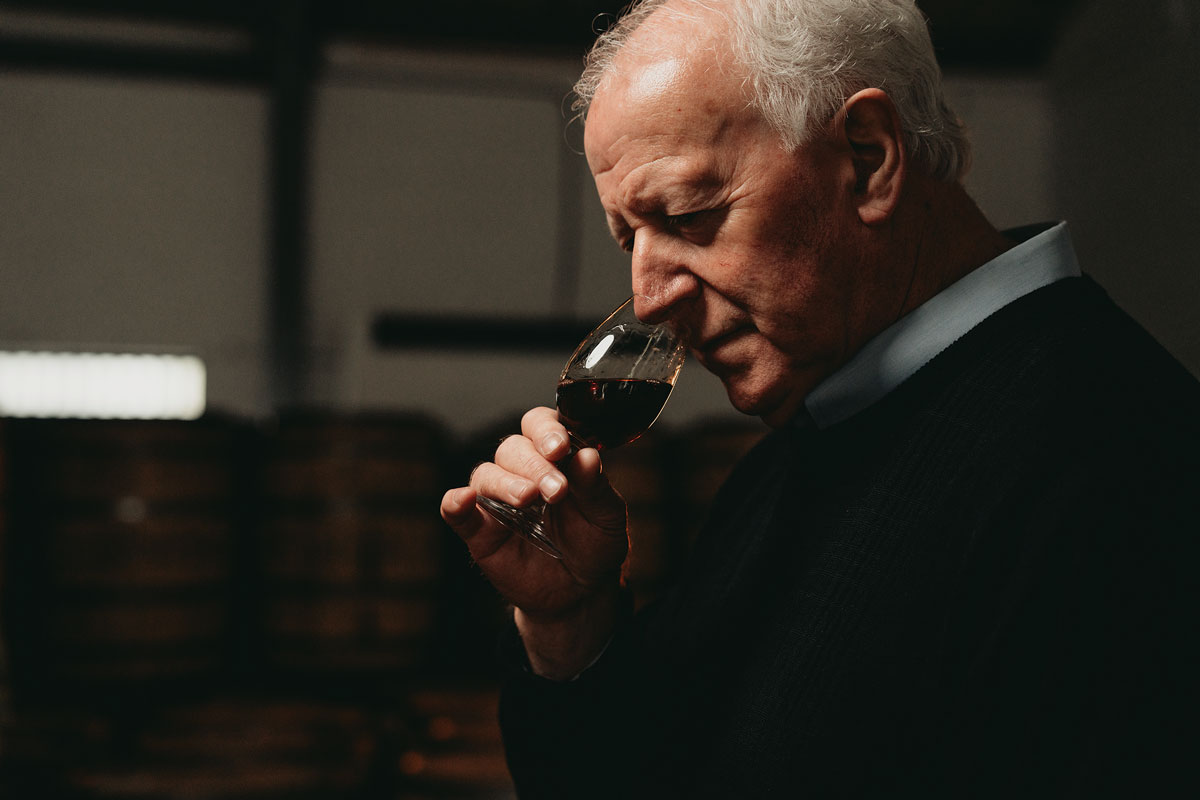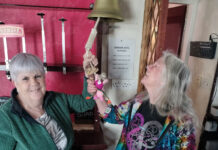
By Dave Hunter
Non-age statement (NAS) whiskies haven’t always had the best reputation with hardcore whisky fans. But is this fair? And does older necessarily mean better when it comes to whisky?
Firstly, a primer: when a whisky – whether it’s a single malt, single grain or a blend – is bottled it’s almost always (unless it’s specifically labelled a ‘single cask’ release) a vatting of casks from the distillery’s warehouses (or in the case of a blend, from several distilleries’ warehouses), with the size of the batch varying greatly from distillery to distillery.
When the bottle has an age printed on the label, whether that’s five, ten or 40 years old, the distillery is bound by law to make sure that the youngest cask in that batch is at least the age on the label.
That doesn’t mean every bottle of 15 year-old single malt will only have 15 year-old whisky in it. With consistency and quality so important, blenders will often add some older casks to the batch as they look to achieve the exact flavour they’re going for. Legally, that’s fine, as long as they don’t go below the age on the label.
With NAS whiskies, that particular shackle is off. While the spirit will still have to conform to Scotch Whisky Association rules (including being at least three years and a day in age), the lack of an age statement means they have much more freedom in the casks they can add to their batches.
Subsequently, as demand for Scotch has exploded, NAS whiskies have become an increasingly common sight.
 The freedom afforded to producers by working outside of age statement constraints was stressed by Elsie Cinnamond, duty manager and drinks creative at Holyrood Distillery.
The freedom afforded to producers by working outside of age statement constraints was stressed by Elsie Cinnamond, duty manager and drinks creative at Holyrood Distillery.
“Whisky can taste good at any age and NAS whiskies give distillers and blenders the freedom to use their whole warehouse(s) to create delicious whisky versus narrowing it down to casks over a certain age,” said Cinnamond.
“Overlooking a NAS whisky because it lacks a number on the label is doing yourself a disservice and means you are missing out on some delicious drams.”
While whisky is a drinks category steeped in tradition, that doesn’t mean it stands still. In fact, the explosion in non-age statement whiskies reflects an evolution of the market and the wider world, according to Stef Holt, world whisky curator at Mangrove.
Holt said: “Age statement used to be the easiest way to communicate your USP, but now there’s lots of other ways for producers to do that – through the on-trade, off-trade, and even directly to their audience through the likes of social media and marketing activity.
“As a category whisky is broadening, and thanks to this expansion we now firmly understand that there are a lot of things affecting the flavour profile of our whisky, not just its age.”

That last point was reinforced by Billy Walker, owner of Glenallachie and one of Scotland’s most respected master blenders. Walker said age statements are here to stay. However, he stressed that age is only one of the essential factors when making a quality spirit.
“The one certainty in the maturation of Scotch whisky is that the process of ageing and the use of age statements is, and will continue to be, a very important benchmark in flagging the status and quality of a Scotch whisky,” said Walker.
“Of course, this is dependent on a number of factors, particularly the quality of the new make spirit and the casks used for maturation. This then leads to the blender ensuring that the composition of the new make spirit is in balance with the type(s) of cask selected for maturation.”
And, of course, age is no guarantee of quality.
Jody Buchan of Speciality Brands said age statements ‘will always be a thing’.
But he pointed out that whiskies aren’t necessarily better just because they’re older.
“I’ve been lucky in life to have had access to some fairly old whiskies,” said Buchan.
“These include a very average 50 year old that, in the same day was trounced by an absolutely mind-blowing 8 year old blended malt. Make of that what you will.
“The rise of NAS whiskies just shows the talent of the blenders and it’s exciting to see this part of the category flourish.”
And NAS whiskies, which are often – although not always – more affordable than their aged counterparts, can help to make the category more accessible to different customers.
Regardless of age, quality should be the most important consideration.
“Don’t get me wrong, I love a well balanced older whisky,” said Dave Worthington, whisky ambassador at Master of Malt.
“What do I mean by well balanced? One that the wood hasn’t completely taken over the spirit character.
“However for whisky cocktails, age isn’t a requirement, but quality of the spirit is always important. Much like great food, start with quality ingredients, you can achieve great food. It’s difficult to create great food with bad ingredients!”

And on the point of accessibility, Josh McCartney, global trade marketing manager at Wolfie’s Whisky, reckoned age statements can sometimes be ‘a barrier to drinking cocktails in different ways’.
“I’ve often heard bartenders say you shouldn’t mix whiskies over certain ages but a well-made Rob Roy or Old Fashioned with a delicious older whisky is stunning,” he said.
“That being said, blends by their nature lend themselves to mixed drinks and cocktails, opening up the category to a much wider audience and more fun drinking occasions.”



















